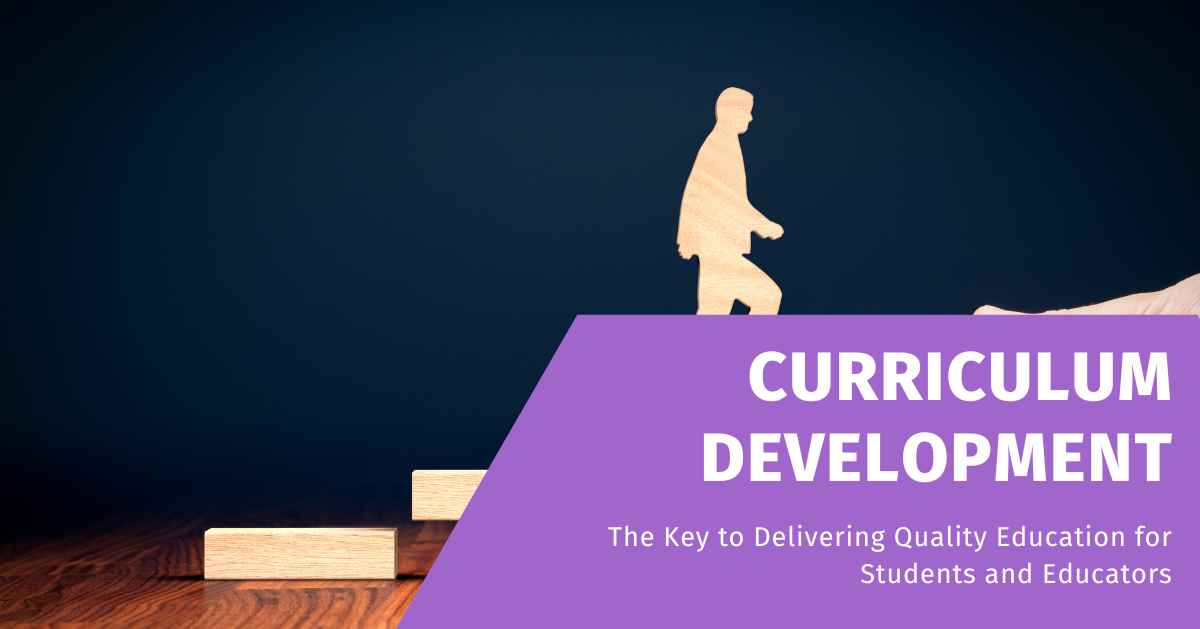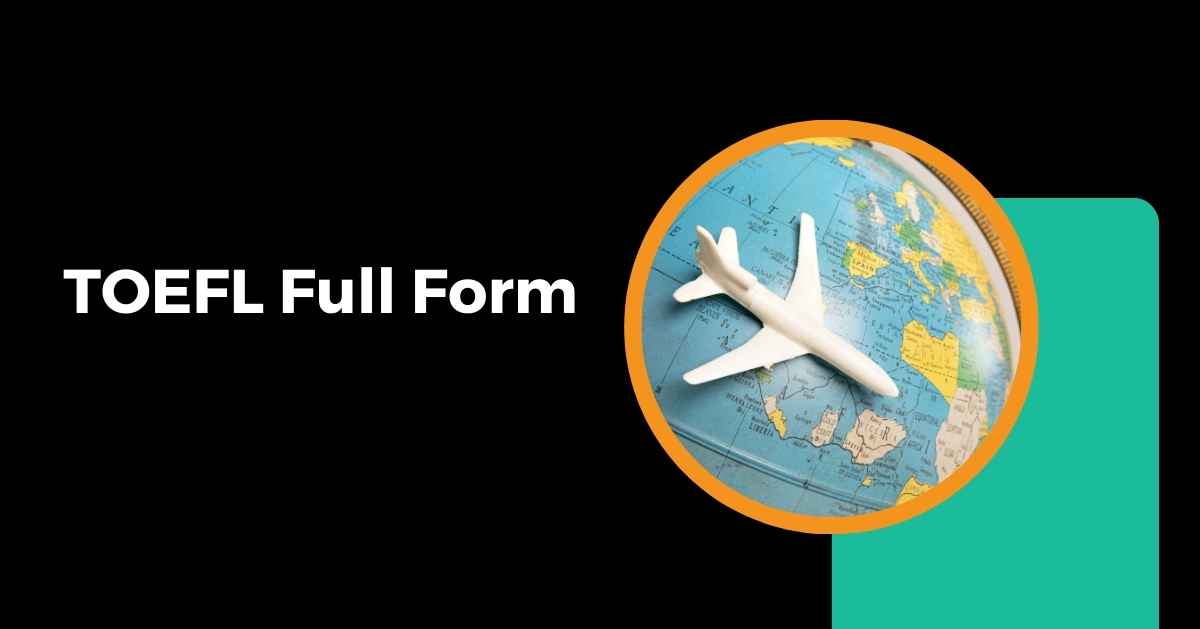In the ever-evolving landscape of education, one fundamental question continually arises: How can we deliver the best form of learning to children? This question is not only central to the mission of individual instructors but also to the strategic goals of educational institutions worldwide. The answer lies in effective curriculum development, a multifaceted process that ensures the delivery of quality learning experiences tailored to the needs of students.
What is Curriculum Development?
Curriculum development is a comprehensive process involving several stages aimed at improving and enhancing the educational programs offered in schools and universities. Although the specific methods and approaches can vary between institutions, the core principles remain consistent. The process typically involves four main stages:
- Analysis
- Building
- Implementation
- Evaluation
Each of these stages plays a crucial role in creating an effective curriculum that meets educational standards and caters to the diverse needs of learners.
The Stages of Curriculum Development
1. Analysis
The analysis stage is the foundation of curriculum development. Here, developers conduct a thorough examination of the educational environment, including the specific needs of the learners and the overall educational goals. This stage involves:
- Assessing the current educational standards and requirements.
- Understanding the diverse backgrounds and learning abilities of the students.
- Recognizing deficiencies in the current curriculum and identifying areas for enhancement.
A detailed analysis ensures that the curriculum is tailored to the unique needs of the students and aligns with the institution’s educational objectives.
2. Building
Once the analysis is complete, the next step is to build the curriculum. This stage involves:
- Designing lesson plans and educational materials.
- Incorporating relevant theories, practices, and resources.
- Ensuring the content is appropriate for the students’ grade levels and learning abilities.
The building phase is where the curriculum takes shape. Developers work closely with educators to create materials that are engaging, informative, and aligned with learning goals. The best curriculum development companies prioritize the needs of both students and instructors, ensuring the content is relevant and effective.
3. Implementation
The implementation stage involves putting the curriculum into action. This involves:
- Providing instructions and guidelines for educators on how to deliver the content.
- Ensuring that students understand how to engage with the material.
- Monitoring the initial rollout to address any immediate issues or challenges.
Effective implementation requires collaboration between curriculum developers and educators to ensure that the transition from planning to practice is smooth. It’s also crucial to observe how students interact with the new curriculum to make necessary adjustments.
4. Evaluation
Evaluation is the final, yet ongoing, stage of curriculum development. At this stage, developers evaluate the effectiveness of the curriculum by
- Gathering feedback from both students and instructors.
- Analyzing academic performance and engagement levels.
- Pinpointing strengths and identifying areas needing improvement.
Evaluation is a continuous process that helps in refining the curriculum over time. By taking feedback seriously, curriculum developers can make informed adjustments to enhance the learning experience continually.
The Importance of Curriculum Development
Curriculum development is not just a procedural formality but a critical component of educational success. It plays a significant role in both teaching and learning processes, offering numerous benefits to educators and students alike.
Benefits for Educators
Imagine a scenario where a teacher enters a classroom without any prior preparation. The result would likely be a disorganized and ineffective lesson. Curriculum development helps prevent such situations by providing educators with a structured framework. Here’s how it benefits teachers:
- Provides a Clear Framework: A well-developed curriculum offers a roadmap for educators, outlining the sequence of content, objectives, and teaching methods. This allows teachers to focus on delivering engaging lessons rather than spending excessive time on planning.
- Enhances Lesson Quality: With a predefined curriculum, educators can ensure that their lessons are comprehensive and aligned with educational standards. This results in improved instructional quality.
- Supports Professional Growth: Curriculum development often includes professional development opportunities for teachers, helping them stay updated with the latest educational practices and technologies.
- Facilitates Consistency: A standardized curriculum ensures that all students receive a consistent education, regardless of the teacher or classroom.
Benefits for Learners
For students, a well-structured curriculum is essential for effective learning. Here’s how curriculum development benefits learners:
- Structured Learning: A systematic approach to curriculum design ensures that lessons are taught in a logical sequence, making it easier for students to follow and understand the material.
- Relevant Content: Curriculum developers prioritize the needs and abilities of learners, ensuring that the content is both age-appropriate and challenging enough to promote growth.
- Enhanced Engagement: By incorporating diverse teaching methods and materials, a well-developed curriculum can make learning more engaging and enjoyable for students.
- Improved Outcomes: A curriculum designed with the students’ needs in mind helps in achieving better academic outcomes, as it addresses different learning styles and paces.
The Broader Impact of Curriculum Development
Beyond the immediate benefits for educators and learners, curriculum development has a broader impact on the educational system and society as a whole. Here are several key points underscoring its significance:
- Aligns Education with Societal Needs: As society evolves, so do its educational requirements. Curriculum development ensures that educational programs remain relevant and adapt to changing societal needs and technological advancements.
- Promotes Continuous Improvement: The iterative nature of curriculum development fosters a culture of continuous improvement in educational institutions. Regular evaluations and updates ensure that the curriculum remains effective and up-to-date.
- Supports Educational Equity: A well-developed curriculum can help bridge educational gaps by providing all students with access to high-quality learning materials and opportunities, regardless of their background.
- Sets Clear Goals and Standards: Curriculum development helps in setting clear educational goals and standards, providing a benchmark for measuring student progress and institutional performance.
- Encourages Strategic Planning: By focusing on long-term goals and outcomes, curriculum development supports strategic planning in education, helping institutions allocate resources effectively and plan for future needs.
Conclusion
In conclusion, curriculum development is a crucial process essential for the success of educational institutions. It involves multiple stages—analysis, building, implementation, and evaluation, each contributing to the creation of a robust and effective educational program. By providing a structured framework, curriculum development benefits educators by enhancing lesson quality and supporting professional growth. For learners, it ensures structured, relevant, and engaging learning experiences.
Moreover, the broader impact of curriculum development extends to aligning education with societal needs, promoting continuous improvement, supporting educational equity, setting clear goals, and encouraging strategic planning. As educational institutions strive to meet the evolving needs of their students and society, investing in comprehensive curriculum development is essential for delivering quality education and achieving long-term success.





